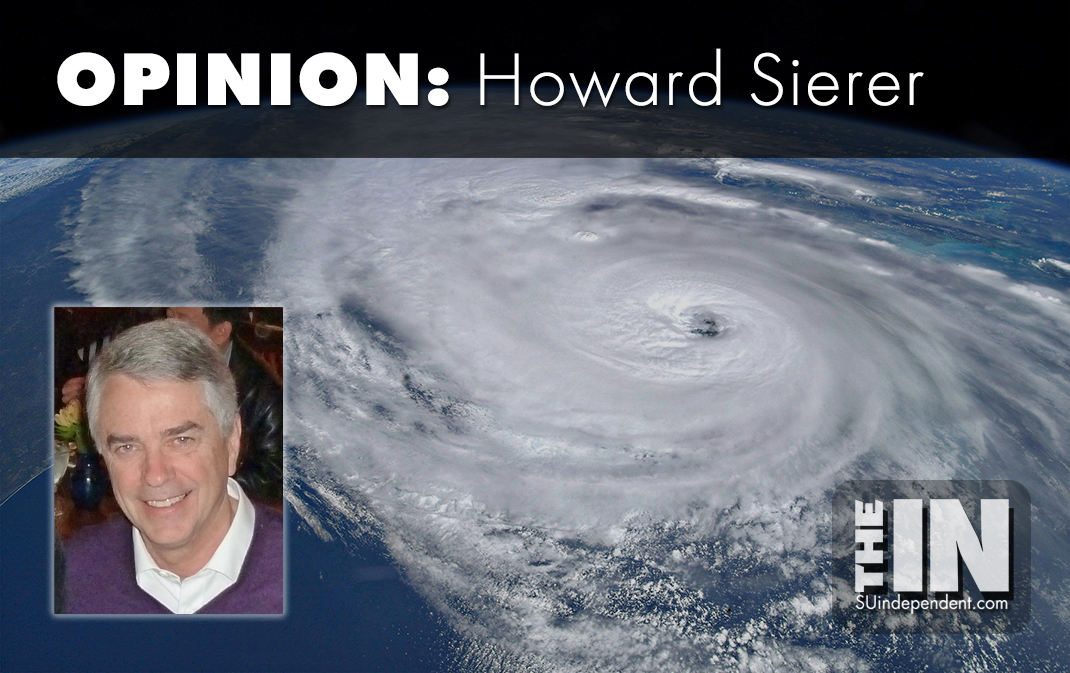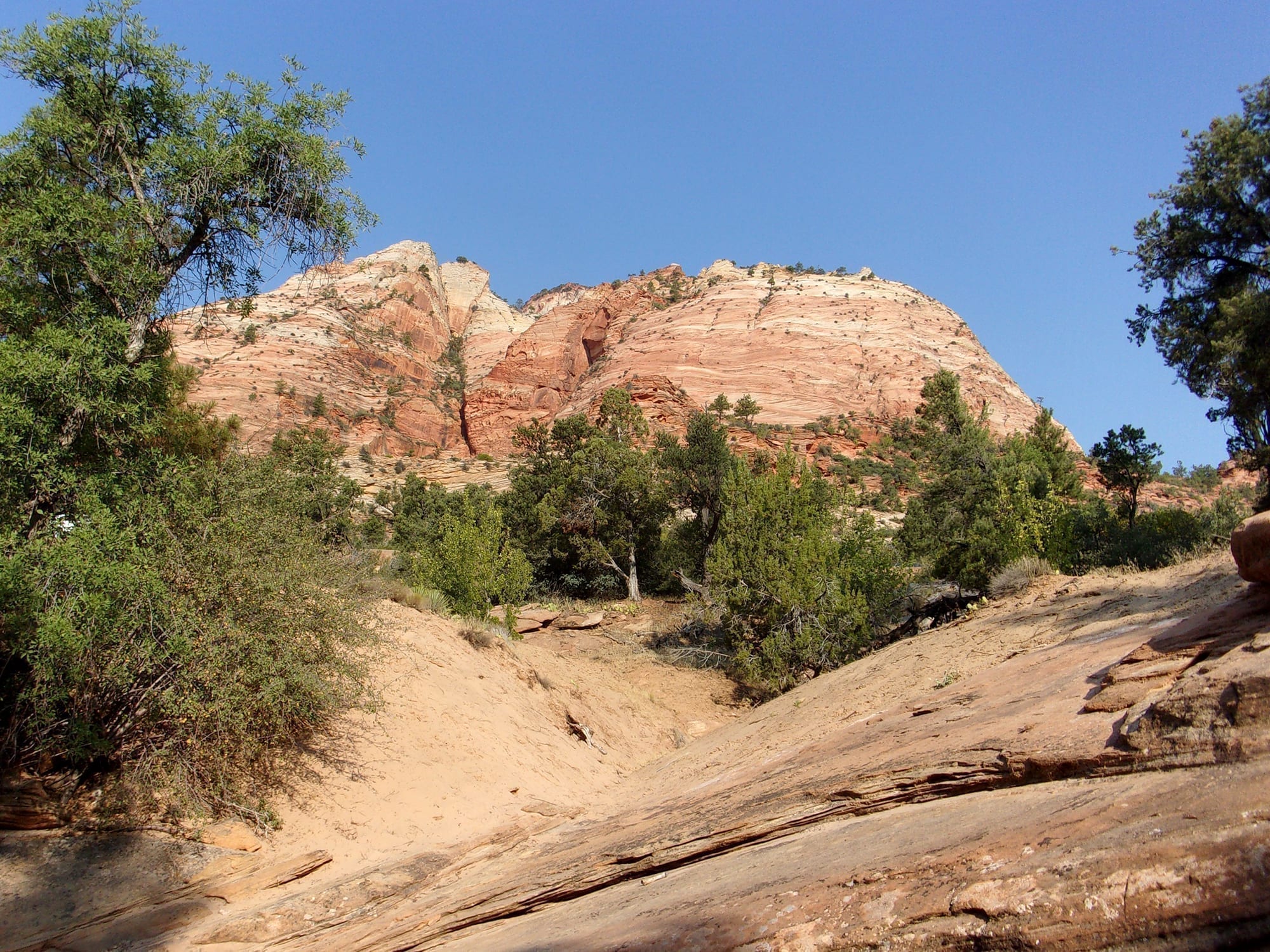
Media Hysteria Versus Hurricane Reality
– By Howard Sierer –
Last September, hysterical media outlets outdid themselves, proclaiming that Hurricane Ian was yet another evidence of climate change’s existential threat to humanity. It’s high time the media stop bombarding us with unscientific scare headlines and instead report what responsible scientists have to say about hurricanes.
Scaremongering MSNBC wins September’s award for misleading the public by finding a scientist with an axe to grind to certify the outlet’s preferred interpretation of Hurricane Ian. Professor Katharine Hayhoe of Texas Tech told MSNBC’s reporter that “it is clearly the case that climate change is making storms like this one stronger.”
MSNBC and Hayhoe get no support from the federal National Hurricane Center. Scientists there published an article titled “Can we detect a change in Atlantic hurricanes today due to human-caused climate change?” Their short answer: no. Their explanation:
“Atlantic hurricanes display distinct busy and quiet periods: Busy hurricane decades occurred in the late 19th century, mid-20th century, and from the mid-1990s onward, but quieter decades in the early 20th century and in the 1970s to early-1990s.
“These multi-decadal variations in Atlantic tropical storms and hurricanes have been linked to a phenomenon called the Atlantic Multidecadal Variability, which may be primarily natural internal variability or aerosol-driven.
“A detectable greenhouse gas-induced influence on observed Atlantic tropical storm and hurricane behavior to date is difficult to identify because of the 50-to-80-year variability in hurricane activity.
“The bottom-line answer to the question in the title is: No, we cannot confidently detect a trend today in observed Atlantic hurricane activity due to man-made (greenhouse gas-driven) climate change. Some human influence may be present though still below the threshold for confident detection.”
Climate alarmists also point to the large number of hurricanes in 2020 as proof of impending climate change doom. The National Hurricane Center’s official blog explains that instead of hurricane numbers, tropical meteorologists prefer a metric called Accumulated Cyclone Energy or ACE that combines how strong the peak winds reached in a tropical cyclone and how long they lasted.
By this measure, 2020 was extremely busy, but not even close to record-breaking. In fact, with a total ACE of 180 units, 2020 was only the 13th busiest season on record since 1878 with seasons like 1893, 1933, 1950, and 2005 substantially more active than 2020.
The Center’s scientists explain that while there is a long-term increase in recorded ACE since the late 1800s, it’s quite a bit less dramatic than the increase of named storms.
It’s impossible to prove a negative, in this case that a warmer Gulf of Mexico didn’t increase Ian’s intensity. Nonetheless, Dr. Hayhoe has no way to support her statement that it did.
Interestingly, the strongest hurricanes and typhoons on record have occurred randomly over the last century rather than being bunched up in recent years.
During the global cooling period between 1945 and 1977 when ocean temperatures were undoubtedly lower than today, Hurricane Camille struck Mississippi as a category 5 storm in 1969. Camille was the second-most intense tropical cyclone to strike the U.S. on record, behind only the 1935 Labor Day hurricane. Camille brought a storm surge of almost 24 feet while Ian hit Ft. Myers with a 15-foot surge.
The 2,200 km-wide ‘Super Typhoon’ Tip, the strongest ever, made landfall in southern Japan in 1979, immediately following the 1945 to 1977 cooling period when the oceans were still cooler than today.
According to the World Meteorological Organization the biggest storm surge worldwide was 42 feet at Bathurst Bay, Queensland, in 1899. During the warmer 20th and 21st centuries, no tropical cyclone was strong enough to generate a surge greater than 32.8 feet.
In 2005, Hurricane Katrina was a category 5 storm with 175 mph maximum sustained winds. Ian was a category 4 at its peak and maxed out at 155 mph sustained wind speed. There has been no hurricane stronger than Katrina in the last 17 years.
Sadly, we can expect more media hype next year when Atlantic hurricanes make landfall. But remember to take it all with a grain (or two) of salt. We’d all be better served if media outlets focused on reporting what happened instead of promoting their pet theories about why things happen.




All of your points and more are out there if you follow Tony Heller and realclimatescience.com. Follow the money. The grant money. That goes for medical hoaxism as well.